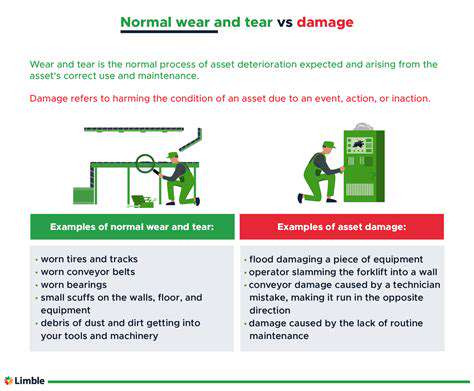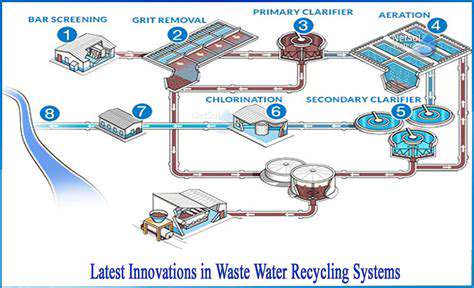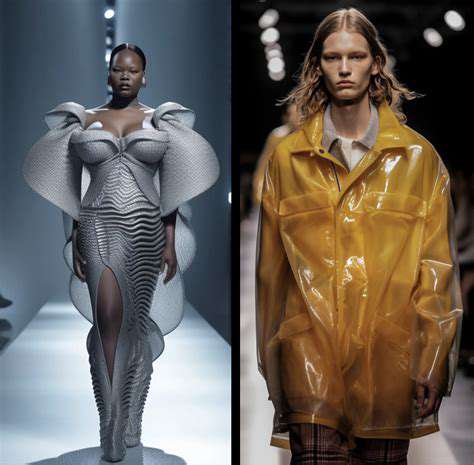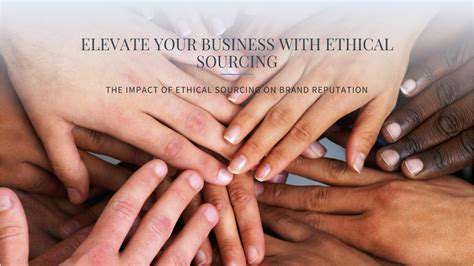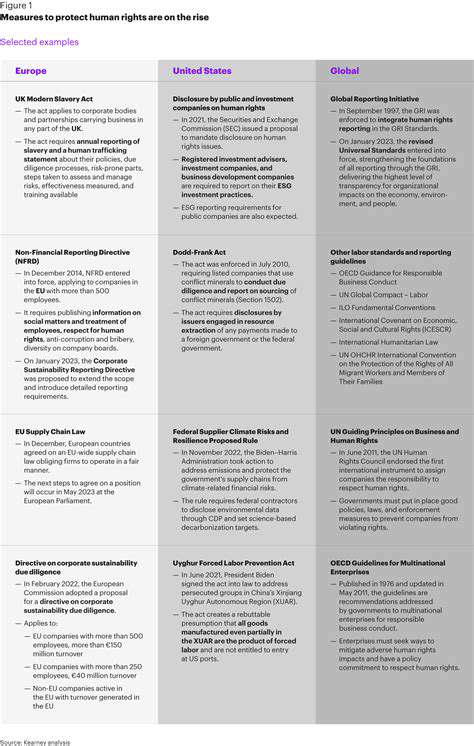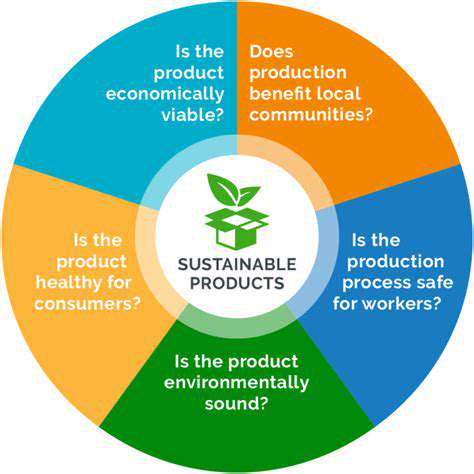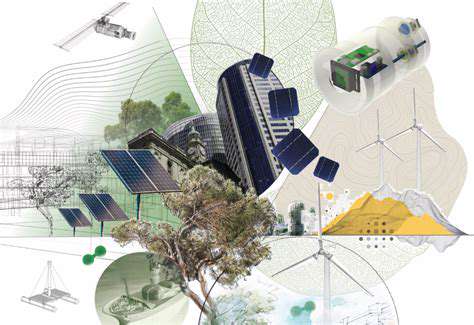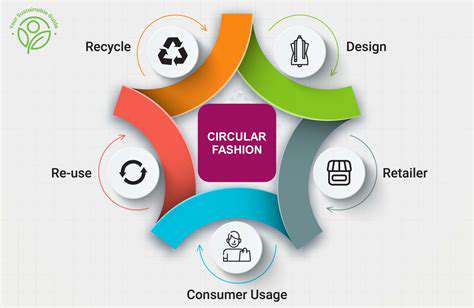The Problem of Water Scarcity and Ethical Sourcing

When Scarcity Becomes Reality
The world's water challenges have transitioned from theoretical discussions to daily struggles for millions. Parched landscapes, reckless consumption, and industrial contamination are draining our freshwater reserves faster than nature can replenish them. This isn't just an environmental issue—it's reshaping entire economies, threatening food supplies, and rewriting public health agendas across continents.
From Cape Town to Chennai, communities already ration water under strict schedules, while underground aquifers that took millennia to form are being emptied in decades. The situation grows more dire as urban populations explode and industrial demands multiply.
Agriculture on Shrinking Resources
Our food systems stand on the frontline of this crisis. When irrigation canals run dry, farmers face impossible choices—abandon generations-old crops or gamble on expensive conservation methods. The ripple effects touch supermarket shelves worldwide, with staple foods becoming unpredictable luxury items in vulnerable regions.
Innovative growers now experiment with ancient dryland farming techniques alongside cutting-edge moisture sensors, but these adaptations require knowledge transfers and infrastructure most developing regions lack.
Industry's Thirst for Change
Manufacturing sectors consume water at staggering rates—from semiconductor plants to textile mills. The most forward-thinking corporations now treat water recycling not as corporate responsibility but as existential necessity. Closed-loop systems and atmospheric water generators are transitioning from pilot projects to boardroom priorities.
Consider the beverage industry: where once companies simply tapped municipal supplies, they now invest in watershed restoration projects recognizing their long-term self-interest depends on community water security.
When Water Makes People Sick
Contaminated sources transform scarcity into public health catastrophes. Children walking miles for muddy puddles isn't just tragic—it's the daily reality across expanding sacrifice zones where infrastructure never arrived. Cholera outbreaks following floods demonstrate how climate chaos compounds the crisis.
The solution matrix includes everything from ceramic water filters to decentralized solar desalination, but implementation requires political will matching the scale of emergency.
Climate Change as Crisis Multiplier
Weather whiplash—droughts and deluges—destabilizes historical water management strategies. Reservoirs designed for gradual seasonal changes now face either dangerous overflows or record-low levels within the same year. Snowpack reductions disrupt centuries-old agricultural calendars from the Himalayas to the Sierra Nevada.
Adaptation means rethinking everything from floodplain zoning to crop insurance programs, with indigenous water stewardship practices offering unexpected blueprints for resilience.
Water Wars and Diplomatic Tensions
Transboundary aquifers and dam projects increasingly spark international incidents. The Nile, Mekong, and Colorado River basins have become geopolitical flashpoints where hydrological stress meets nationalist rhetoric. Meanwhile, corporate water grabs in vulnerable regions fuel grassroots resistance movements.
Creative solutions like virtual water trade and satellite-based usage monitoring offer hope, but require unprecedented data transparency between historically distrustful neighbors.
Pathways to Water Resilience
The most effective responses recognize water's multidimensional nature. Singapore's NEWater program demonstrates how technology can transform sewage into drinking water, while Barcelona's superblock initiative shows urban redesign can reduce demand. Grassroots rainwater harvesting in Rajasthan proves local knowledge matters as much as high-tech solutions.
What's clear is that cookie-cutter approaches fail—water security in the Sahel requires different strategies than coastal megacities. The common thread? Treating water not as commodity but as sacred commons.

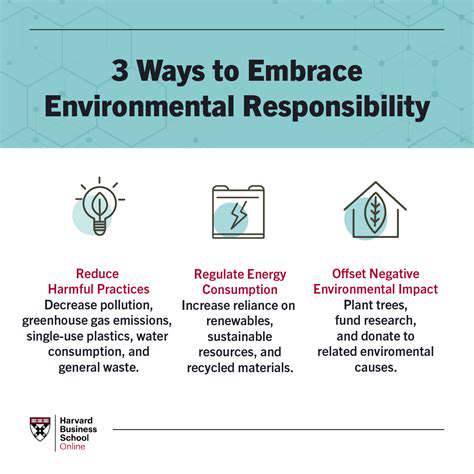
The Water-Food-Energy Nexus: A Delicate Balance
Agriculture's Thirsty Reality
Modern farming methods consume 70% of global freshwater—a percentage that becomes unsustainable as populations grow. Traditional irrigation often wastes more water than crops receive, while aquifer depletion causes permanent land subsidence. The solution lies in precision agriculture combining soil moisture sensors, drought-resistant crops, and regenerative practices that rebuild watershed health.
California's almond growers and India's rice farmers alike now face the same reckoning: adapt to hydrological reality or face collapse. The transition proves painful but necessary, with agroecology demonstrations showing impressive water savings without yield reductions.
Powering the Water Cycle
Electricity and water systems are deeply intertwined in ways most consumers never consider. Thermoelectric plants withdraw more water than all agricultural uses combined in many industrialized nations. Meanwhile, desalination—touted as a silver bullet—remains energy-intensive, with solar-powered variants only now becoming economically viable at scale.
The energy-water nexus presents both challenges and opportunities. Wastewater treatment plants that generate biogas demonstrate how circular systems can turn liabilities into assets, while micro-hydro projects on irrigation canals show distributed solutions can complement large infrastructure.
The Hidden Energy Costs of Food
From nitrogen fertilizer production to refrigerated transportation, our food system runs on fossil fuels. This creates a vicious cycle where climate impacts from energy use worsen the water shortages undermining food security. Vertical farming and localized food hubs point toward lower-impact alternatives, though cultural preferences for certain water-intensive foods (like beef) complicate the transition.
When Dams Run Dry
Hydropower's vulnerability to drought became starkly apparent when Zimbabwe's Kariba Dam nearly stopped generating electricity. Similar crises threaten from the Panama Canal to the American Southwest. The energy sector must diversify generation portfolios while investing in dry cooling technologies and alternative water sources for critical operations.
Forward-looking utilities now partner with farmers on water banking agreements—paying for irrigation efficiency upgrades in exchange for drought-year water rights. Such innovative arrangements hint at the collaborative approaches needed across all nexus sectors.
